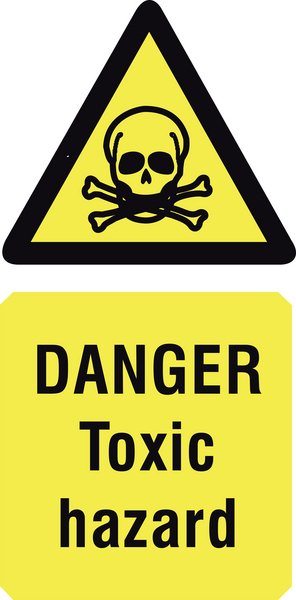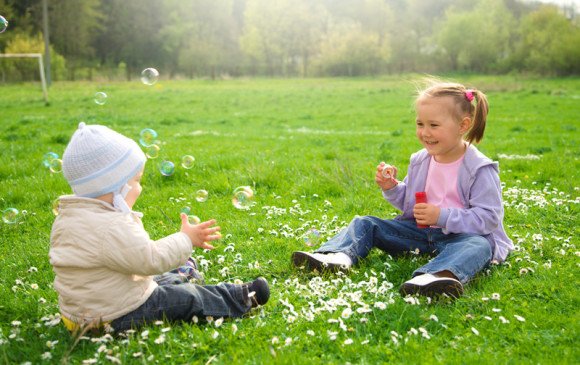Shrimp’s Dirty Secrets: Why Our Favorite Seafood Is a Health and Environmental Nightmare
Do you love shrimp? If you do, you are certainly not alone.
I used to love eating them too.
Until I learned about the environmental impact of catching and farming shrimp.
Truth is the impact of bringing shrimp to our tables to satisfy our taste can be horrific.
But most Americans don’t know where their shrimp comes from or what’s in it.
Read this, and your appetite for shrimp (and other seafood) will dwindle.
“Americans love their shrimp. It’s the most popular seafood in the country, but unfortunately much of the shrimp we eat are a cocktail of chemicals, harvested at the expense of one of the world’s productive ecosystems. Worse, guidelines for finding some kind of “sustainable shrimp” are so far nonexistent.
In his book, Bottomfeeder: How to Eat Ethically in a World of Vanishing Seafood, Taras Grescoe paints a repulsive picture of how shrimp are farmed in one region of India. The shrimp pond preparation begins with urea, superphosphate, and diesel, then progresses to the use of piscicides (fish-killing chemicals like chlorine and rotenone), pesticides and antibiotics (including some that are banned in the U.S.), and ends by treating the shrimp with sodium tripolyphosphate (a suspected neurotoxicant), Borax, and occasionally caustic soda.
Upon arrival in the U.S., few if any, are inspected by the FDA, and when researchers have examined imported ready-to-eat shrimp, they found 162 separate species of bacteria with resistance to 10 different antibiotics. And yet, as of 2008, Americans are eating 4.1 pounds of shrimp apiece each year — significantly more than the 2.8 pounds per year we each ate of the second most popular seafood, canned tuna. But what are we actually eating without knowing it? And is it worth the price — both to our health and the environment?
Understanding the shrimp that supplies our nation’s voracious appetite is quite complex. Overall, the shrimp industry represents a dismantling of the marine ecosystem, piece by piece. Farming methods range from those described above to some that are more benign.
Problems with irresponsible methods of farming don’t end at the “yuck,” factor as shrimp farming is credited with destroying 38 percent of the world’s mangroves, some of the most diverse and productive ecosystems on earth. Some compare shrimp farming methods that demolish mangroves to slash-and-burn agriculture. A shrimp farmer will clear a section of mangroves and close it off to ensure that the shrimp cannot escape. Then the farmer relies on the tides to refresh the water, carrying shrimp excrement and disease out to sea. In this scenario, the entire mangrove ecosystem is destroyed and turned into a small dead zone for short-term gain. Even after the shrimp farm leaves, the mangroves do not come back.
A more responsible farming system involves closed, inland ponds that use their wastewater for agricultural irrigation instead of allowing it to pollute oceans or other waterways. According to the Monterey Bay Aquarium’s Seafood Watch program, when a farm has good disease management protocols, it does not need to use so many antibiotics or other chemicals.
One more consideration, even in these cleaner systems, is the wild fish used to feed farmed shrimp. An estimated average of 1.4 pounds of wild fish are used to produce every pound of farmed shrimp. Sometimes the wild fish used is bycatch — fish that would be dumped into the ocean to rot if they weren’t fed to shrimp — but other times farmed shrimp dine on species like anchovies, herring, sardines and menhaden. These fish are important foods for seabirds, big commercial fish and whales, so removing them from the ecosystem to feed farmed shrimp is problematic.
Additionally, some shrimp are wild-caught, and while they aren’t raised in a chemical cocktail, the vast majority is caught using trawling, a highly destructive fishing method. Football field-sized nets are dragged along the ocean floor, scooping up and killing several pounds of marine life for every pound of shrimp they catch and demolishing the ocean floor ecosystem as they go. Where they don’t clear-cut coral reefs or other rich ocean floor habitats, they drag their nets through the mud, leaving plumes of sediment so large they are visible from outer space.
After trawling destroys an ocean floor, the ecosystem often cannot recover for decades, if not centuries or millennia. This is particularly significant because 98 percent of ocean life lives on or around the seabed. Depending on the fishery, the amount of bycatch (the term used for unwanted species scooped up and killed by trawlers) ranges from five to 20 pounds per pound of shrimp. These include sharks, rays, starfish, juvenile red snapper, sea turtles and more. While shrimp trawl fisheries only represent 2 percent of the global fish catch, they are responsible for over one-third of the world’s bycatch.
Trawling is comparable to bulldozing an entire section of rainforest in order to catch one species of bird.”
Via Alternet by Jill Richardson
The article fails to mention shrimp produced in the New Orleans Delta. In addition to the recent oil spill, the whole area is an ecological disaster due to the dead zone. The dead zone is caused primarily by herbicide & fertilizer run off from the Mississippi watershed.
Here is what one fisherman says about fishing in the delta:
“Years ago, to raise money for repairs to my sailboat, I took a job as a deck hand on a shrimp trawler, a North Carolina boat operating out of Key West. Along with about 50 other boats based there, we trawled in the Gulf of Mexico for roughly two week trip periods and two of those trips were all I could stand in realizing the incredible environmental damage being done.
The ratio of what’s euphemistically called “trash” to shrimp when dumped on deck, representing the full spectrum of other marine life, is more like 50 lbs. to 1. Heavy chains weigh the nets to the bottom and drag clearing everything but heavy obstructions. A large following of sharks accompany every trawler lured by a seeping wake of fish oil and feed voraciously when the catch is culled by hand and the “trash” pushed overboard. (One does not want to lose one’s footing on a pitching deck.) This process continues repeatedly all night, every night.
I could go on about how many other environmental abuses occur in this one fishery. Like the hate for sea turtles that foul nets which are frequently killed when extracted if they’re not drowned by the trawl itself, and the bored captains that shoot anything that moves for sport with the automatic armory that each vessel carries in defense of piracy threats, and the violations of trawling through designated fish nurseries, and the dumping of chemicals used in boat maintenance, and more.
It’s a nasty, exploitative, destructive stomach turning process like so many other short sighted, greed driven and poorly regulated industries. Pound of destruction for pound of product it’s about as bad as it gets.”
At one point in the article Jill Richardson asks the question:
“Given this disturbing picture, how can an American know how to find responsibly farmed or fished shrimp?” and responds “Currently, it’s near impossible.”
I disagree.
Just don’t eat shrimp. It’s really that simple.
Read My New Ebook: Truth About Eating Fish and Fish Oil
You may be rolling your eyes at another “truth” being exposed, but I challenge you to read my new ebook and tell me you did not learn something new.

Read the entire book: The Truth About Eating Fish and Fish Oil
Coming soon to Amazon Kindle!
Questions? Comments? Suggestions?
If you have a favorite recipe, why not submit it here in the comment section of this smoothie recipes blog for others to enjoy too!
I also welcome any comments, questions and suggestions. Thanks!


